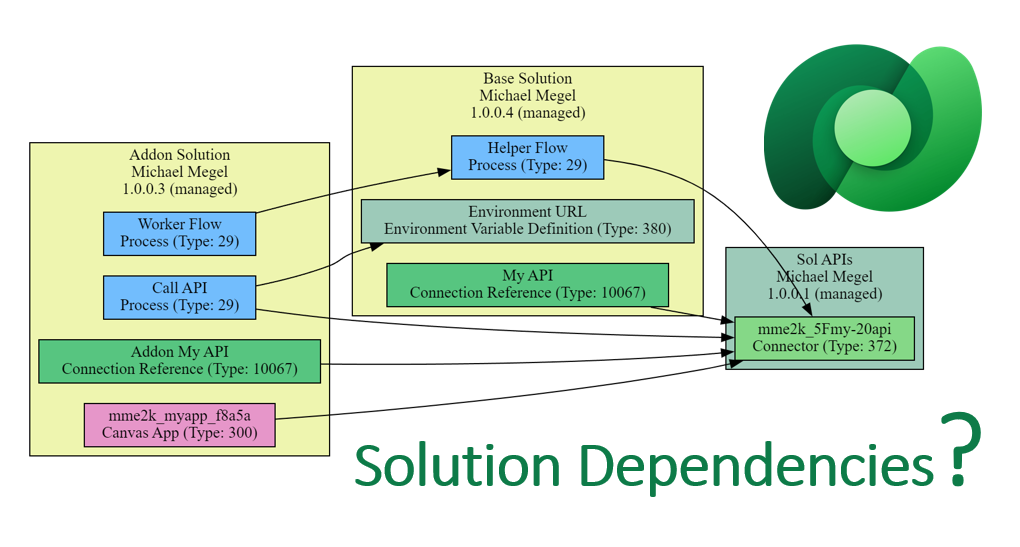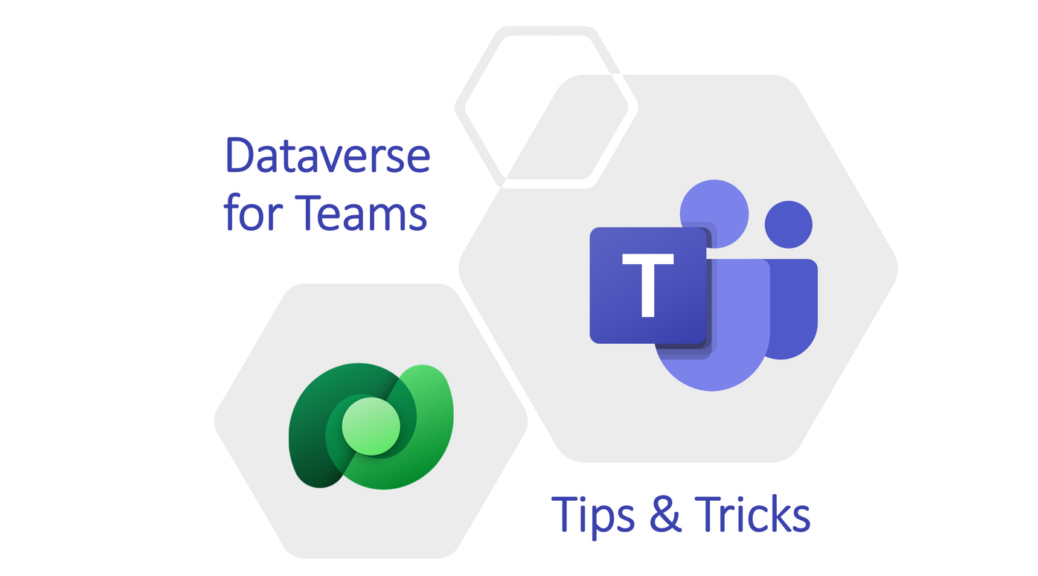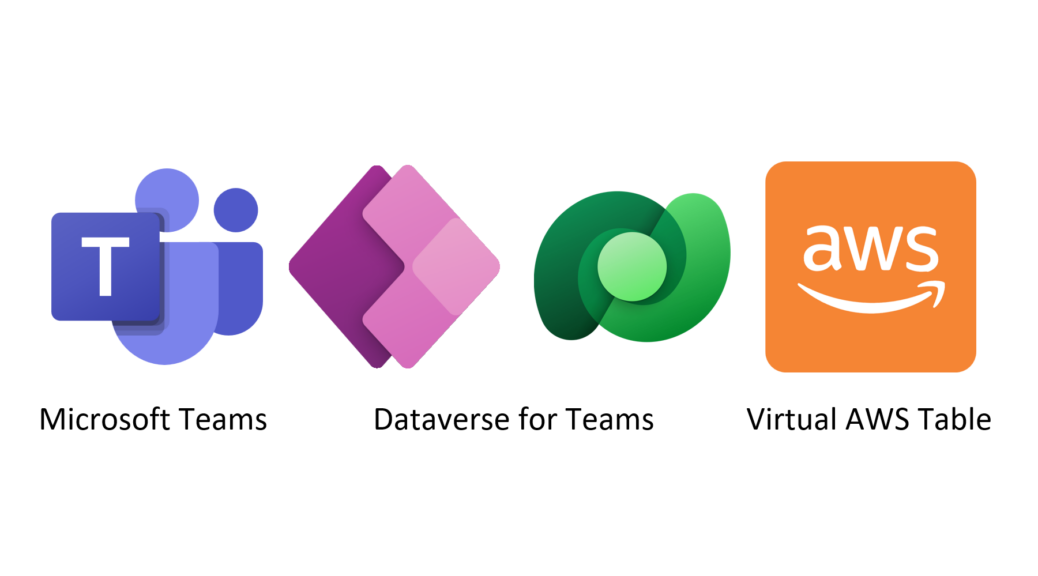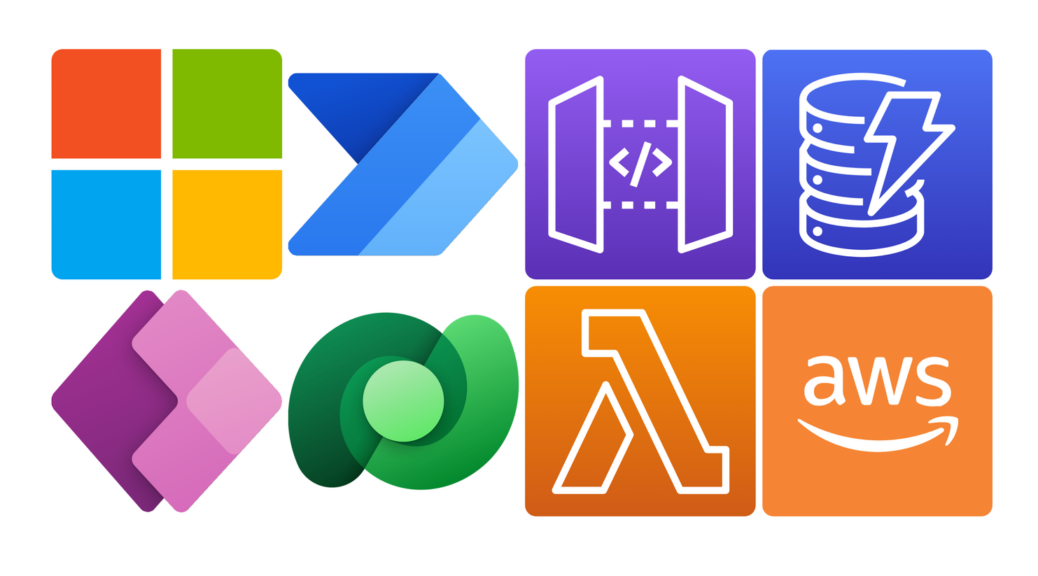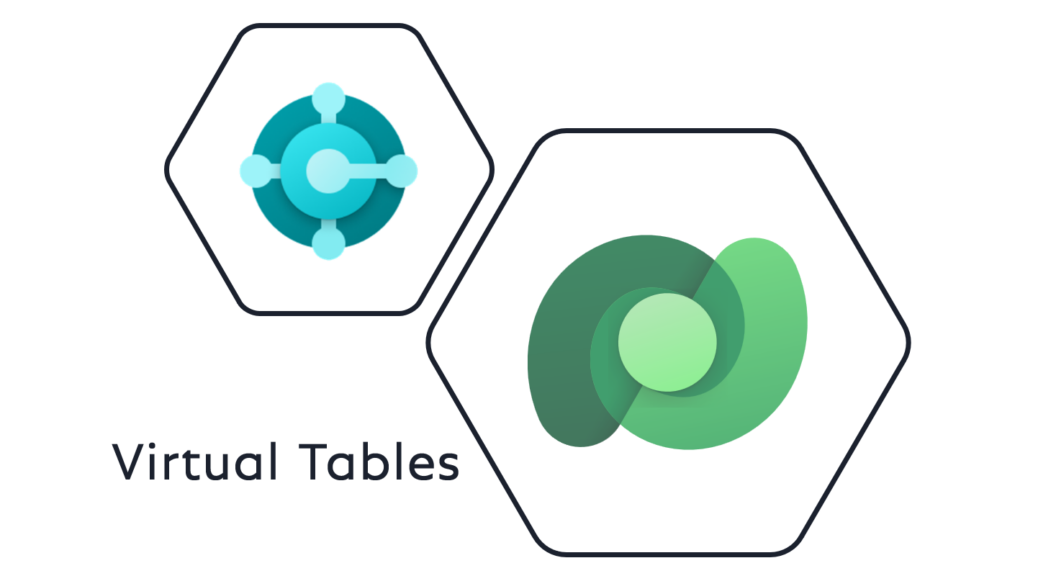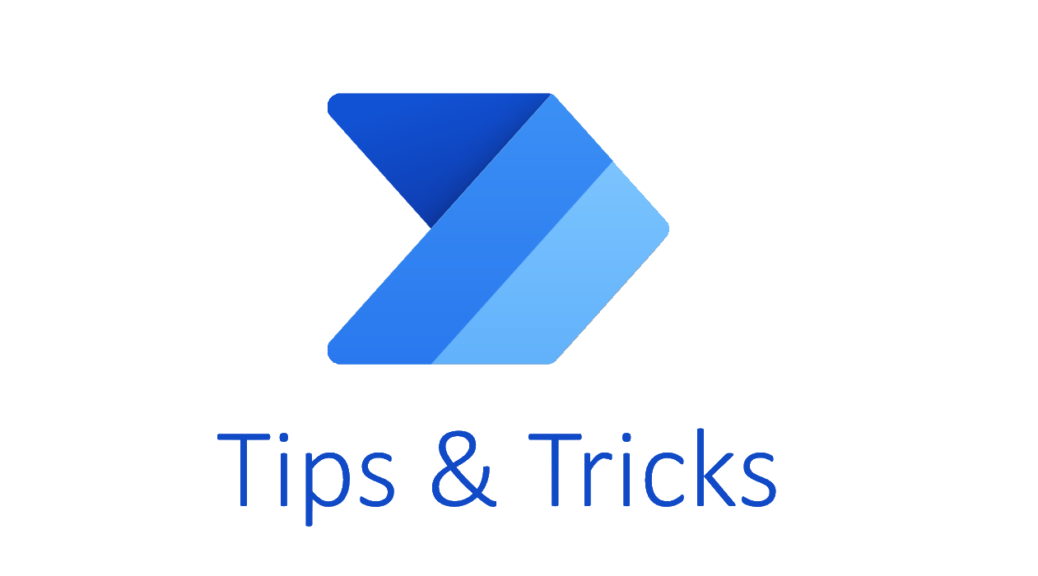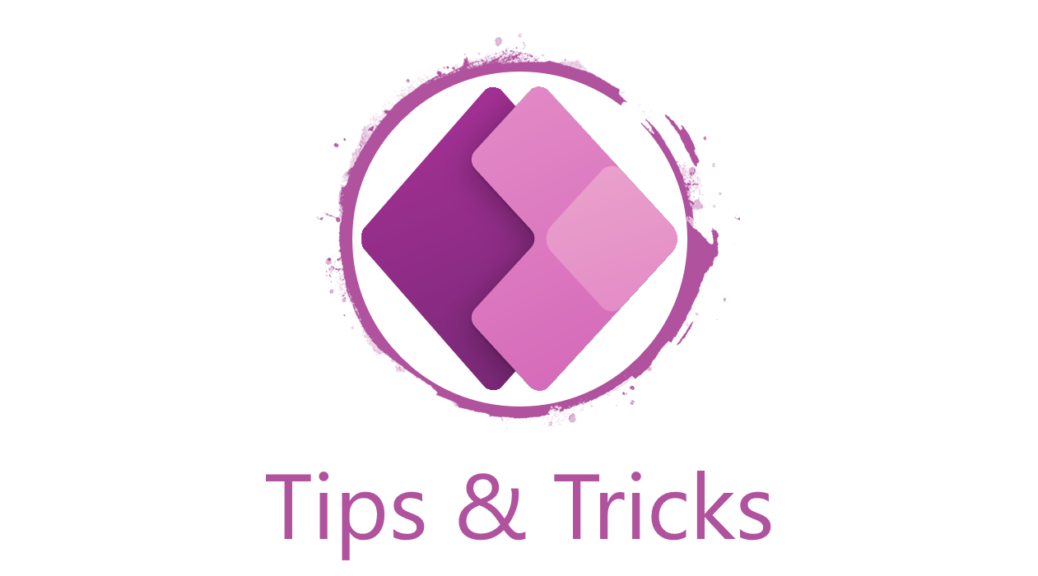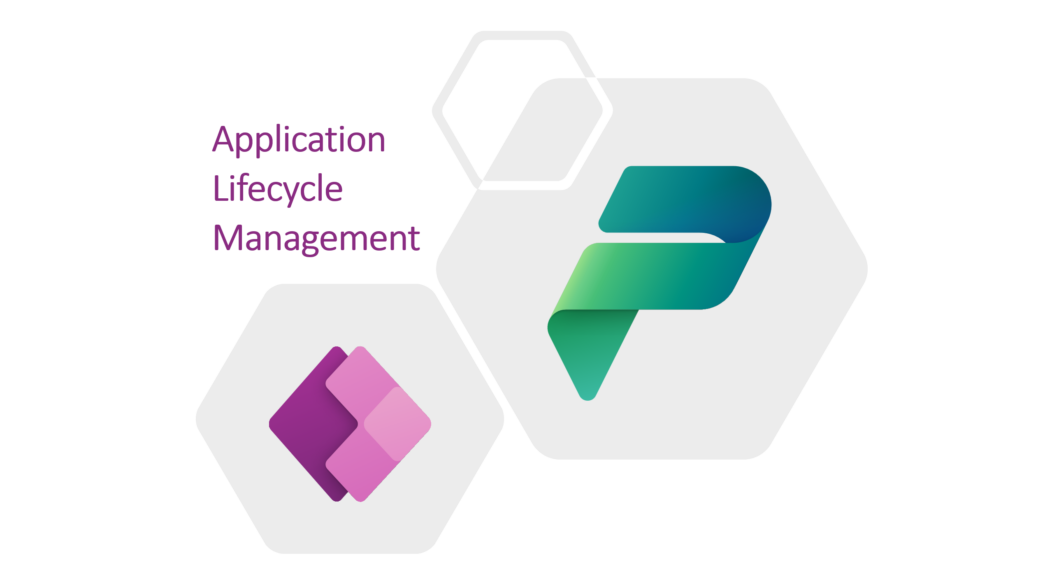Analyse your Solution Dependencies in Dataverse
Did you ever try to remove a managed solution from your TEST or PROD environment? Yes? Then you know how to discover solution dependencies in Dataverse. In other words, you are familiar with the challenge of figuring out which solution contains dependencies on another solution to unlock the uninstall process in productive Dataverse environments. And yes, this can be a cumbersome job to collect all these solution dependencies. On the other hand, you get some help from Dataverse. To do…
